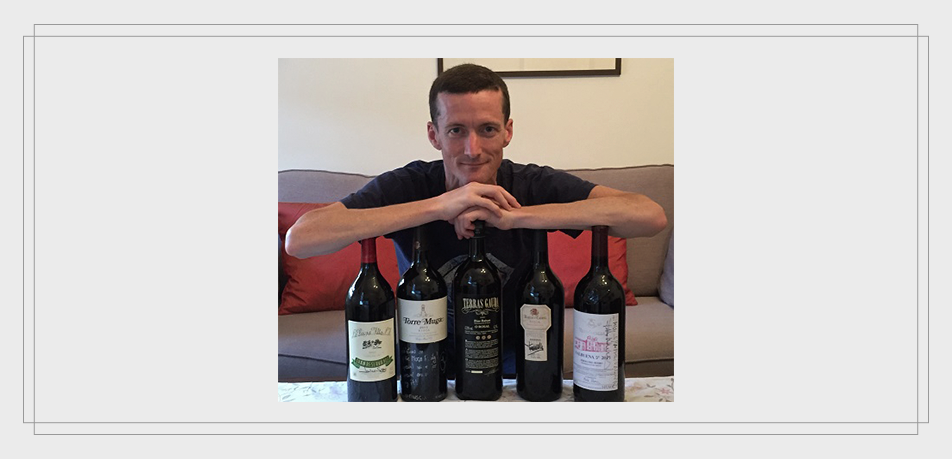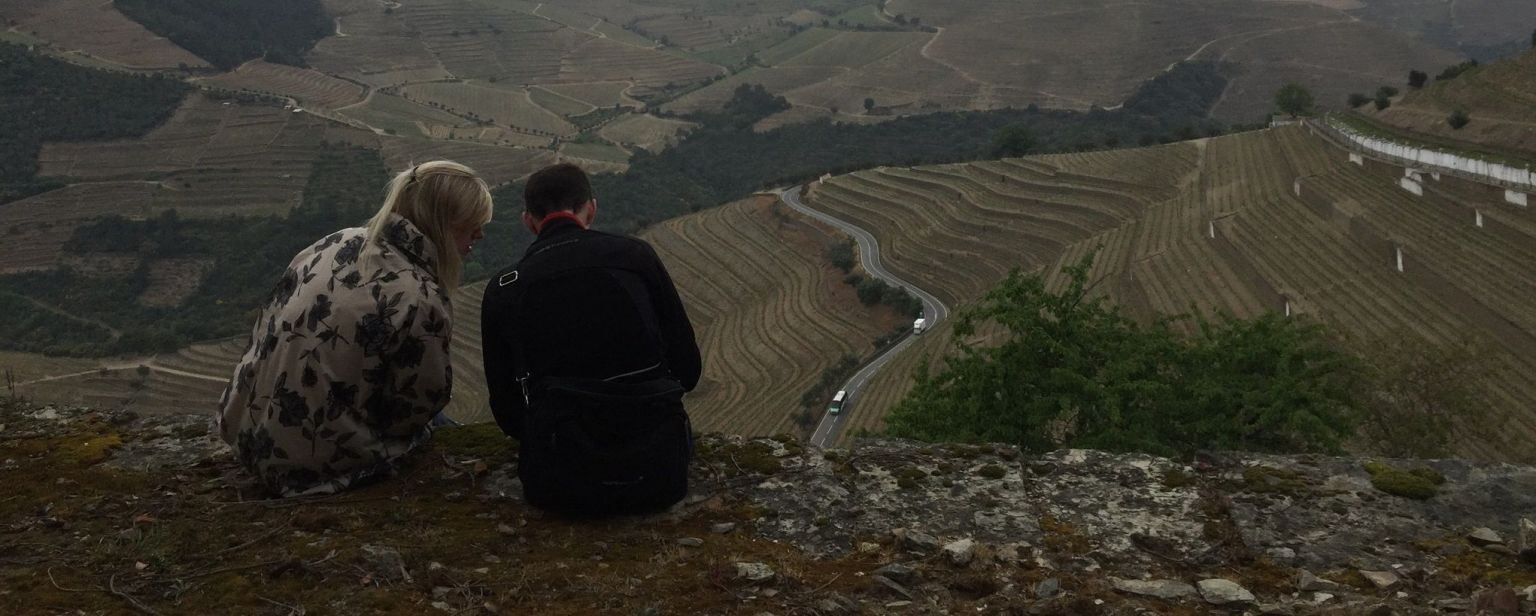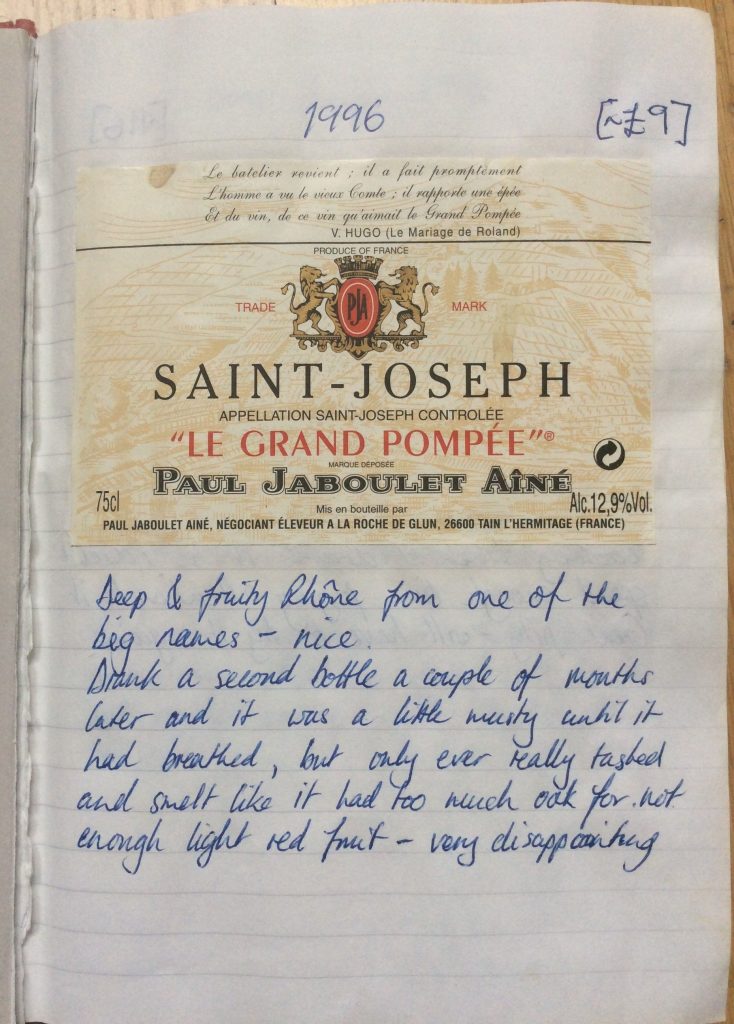Discovering wine (I): How to start. My experience.

What a diverse world is wine? Myriad grapes, places, people, methods, styles and qualities provide a seemingly endless playground for the wine lover. Add to that a fair mix of fact and fiction, myth and reality, and there’s plenty for us to get our teeth, or our noses, into.
But diversity has its dark side: complexity. Complexity can be the enemy of the wine lover, leading to confusion, fear and conservatism. We stick to what we know to avoid disastrous mistakes, because no one wants to waste money on drinking bad wine – especially when we are starting out.
For many people, that means they never embark on the journey of discovery. They don’t explore, and don’t experience the joy the wine world can bring.
So how do we learn? How do we accumulate the knowledge that helps us navigate our way through the world of wine and to appreciate its multi-dimensional beauty? Where do we even start?
For me, if I could describe one moment where my journey began, where I began to consider wine as ‘something worth knowing about’, it was visiting a wine region. In the summer of 1994, after my first year at university, Dad and I took a car to France, with a plan no more concrete than ‘let’s aim for Burgundy’.
Dad drove overnight from Calais and we turned up at 9am on a late-July morning, in the Office du Tourisme in the centre of the village of Chablis, who helpfully booked us into a nearby vineyard B&B: Domaine de la Conciergerie. The rest, as they say, is history.
From Chablis we went down the Cote d’Or, visiting the Clos de Vougeot and other sights, before a return home via the Loire. The following summer was Bordeaux; the Rhône Valley the year after. I’ve since been all around the world, from California to Central Otago; from Stellenbosch to Santorini. Amazing places and amazing wines everywhere.
Visiting regions is perhaps the greatest way to connect with wine, given that the same vines in different places can produce different wines, so places matter. It is also rare that wine regions are anything other than beautiful locations.
By being there, you get a strong connection with the place, which deepens when you meet the people behind the wines. Most importantly, you actually get to taste the wines. That can include finding unusual wines from small producers or made in small quantities, which are almost never found outside their region.
But, in the broadest context, it makes for a slow and costly way to get to grips with the entire wine world. It can be hit and miss with who you visit, there are often language barriers, some regions are easier to access than others without the need for appointments, plus you often feel an obligation to buy if you’ve just tasted someone’s wines.

So, as I became more interested, I looked for information in other ways. Reflecting on it now, for the next 10 years or so, I learned in a very ad hoc way. I bought a few books and started to read what wine writers had to say, including in the nascent online space. At the same time, I was drinking more, occasionally trying new things that I’d heard or read about, although most of what I was buying was French – I knew more about it and it was available.
In 1998, I began keeping wine labels of interesting, good and occasionally bad wines I’d had, and putting them in my first wine book. It was a way of helping me remember wines and what I’d learned about them. That first book was filled around 5 years later, with 183 labels in it. Recently, while putting these notes on my own website, winebook.co.uk, I can see how my own experience broadened and deepened during those early years. I’m now onto my 7th such book, because the journey never stops!

Where it all started. The first ever entry.
After 10 years, I began formalising that learning process by taking tutored wine courses. The WSET’s Level 3 qualification in 2004 was followed by their flagship Level 4 Diploma 2007-2009.
Following a pause, I started the Master of Wine study programme in October 2013. Over the next 4 years, a lot of reading of technical books, visiting wineries and discussing with winemakers, as well as opening over 500 bottles of wine to taste systematically, resulted in passing as an MW in 2017. The final step was writing a Research Paper on a topic related to wine. Fascinated by the process of learning, I chose to study consumer wine education.
Over the last 20+ years, I therefore learned that there are many paths to enlightenment, most of which I’ve taken. I also realised that there is no one single answer to ‘how to learn’; no one perfect method and no one order to apply those methods.
That’s particularly true given that wine knowledge has two forms. We might label the facts, stories and opinions about wine ‘theory’. This gives us a basis for why wines are the way they are and how the wine world fits together. But the ultimate knowledge is the practical, sensory side: what different wines actually taste like, and whether we like them.
To a certain extent, it’s possible to consider these dimensions separately, so over the next parts, I will look at the various ways wine lovers have to learn the theory and tasting sides, to be able to spread their wine wings. From my experiences, just like visiting regions above, I’ll also consider the advantages and disadvantages of each approach.
